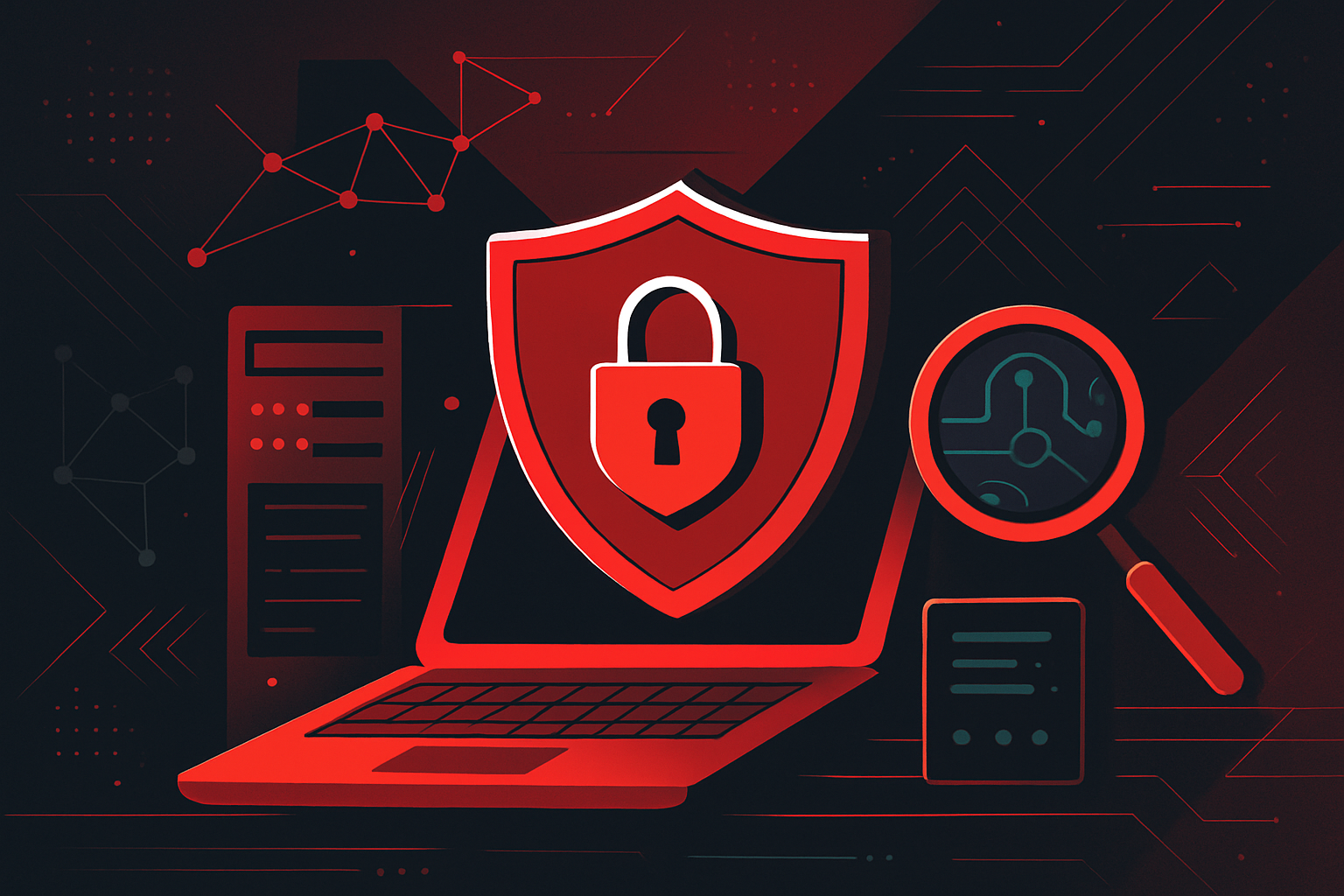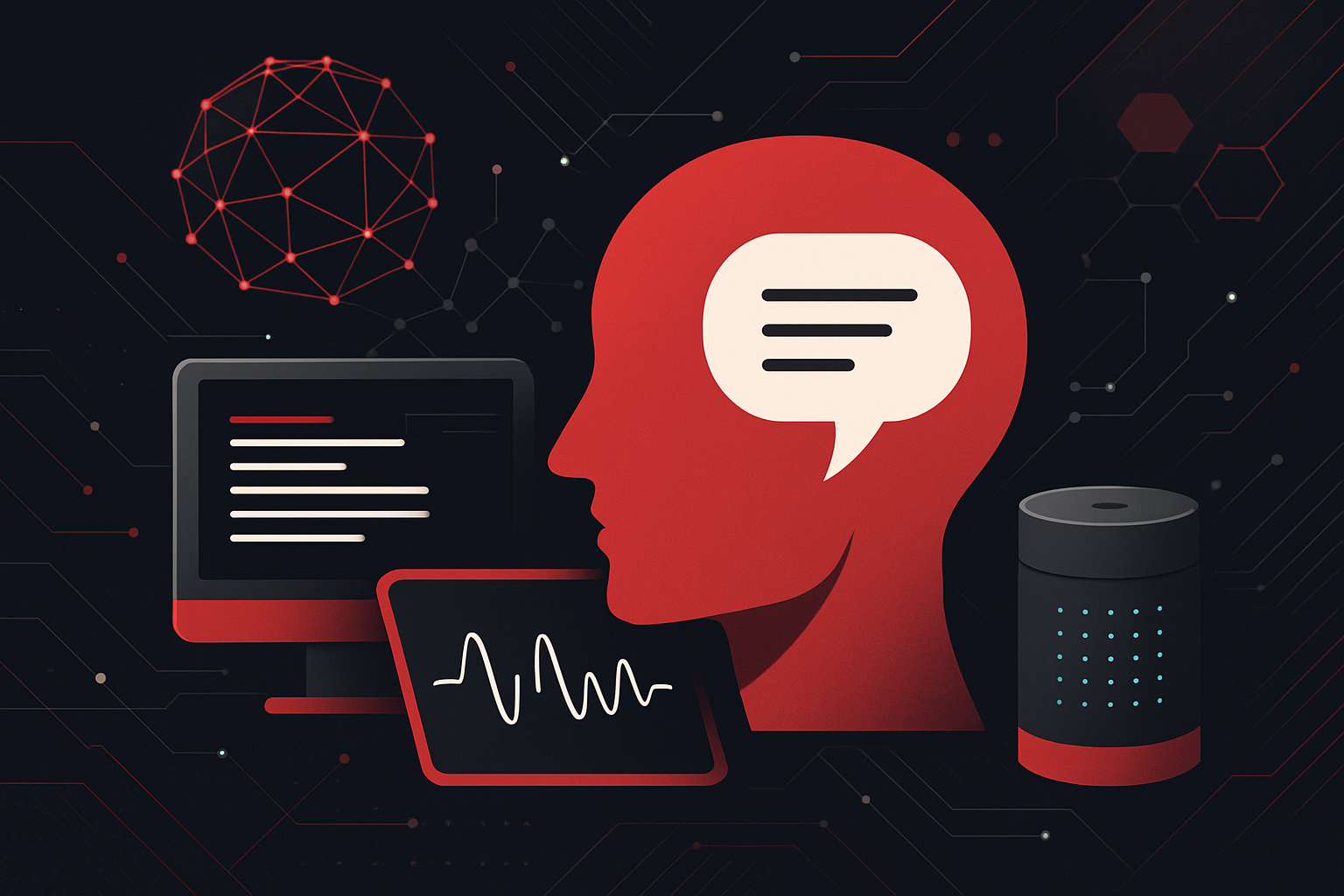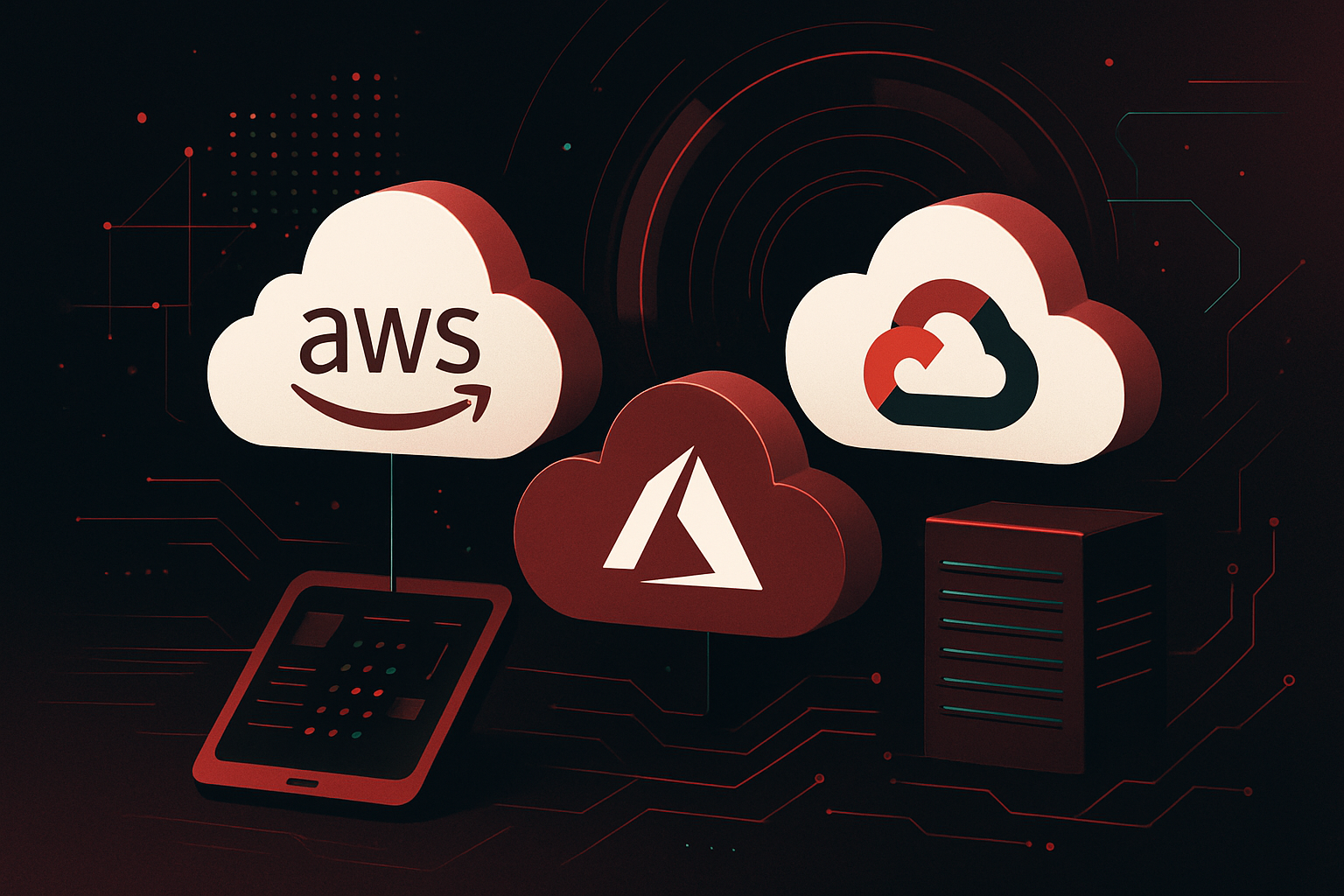Cybersecurity Challenges in Remote Work Environments

Cybersecurity Challenges in Remote Work Environments
Remote work has become a staple in modern business operations, driven by technological advancements and the necessity of maintaining business continuity during crises like the COVID-19 pandemic. However, this shift has introduced a myriad of cybersecurity challenges that organizations must address to protect sensitive data and maintain operational integrity.
1. Network Security Risks
Remote work often requires employees to connect to corporate networks from various locations, increasing the risk of data breaches and unauthorized access.
a. Public Wi-Fi Threats
Employees working from cafes or airports may use unsecured public Wi-Fi, exposing sensitive data to interception.
Mitigation Strategy:
– Use Virtual Private Networks (VPNs): Encrypts internet traffic, making it difficult for attackers to intercept data.
– Configure Firewalls: Implement host-based firewalls to monitor and filter network traffic.
b. Home Network Vulnerabilities
Home networks are typically less secure than corporate environments.
Mitigation Strategy:
– Secure Router Settings: Change default passwords and update firmware regularly.
– Segment Network Traffic: Use guest networks for work devices to isolate them from personal devices.
2. Endpoint Security
With remote work, endpoints such as laptops and smartphones become prime targets for cyberattacks.
a. Device Security
Devices might not have the same level of protection outside the corporate network.
Mitigation Strategy:
– Deploy Endpoint Detection and Response (EDR): Tools like CrowdStrike or SentinelOne offer real-time threat detection.
– Use Mobile Device Management (MDM): Solutions such as Microsoft Intune help enforce security policies on mobile devices.
b. Software Vulnerabilities
Unpatched software can be an easy entry point for attackers.
Mitigation Strategy:
– Regular Updates and Patching: Automate software updates and prioritize critical patches.
– Implement Application Whitelisting: Allow only approved applications to run, minimizing the risk of unknown threats.
3. Data Protection
Data breaches can have severe consequences, from regulatory fines to reputational damage.
a. Data Encryption
Data should be encrypted both at rest and in transit to ensure confidentiality.
Mitigation Strategy:
– File-Level Encryption: Use tools like VeraCrypt to encrypt sensitive files.
– Transport Layer Security (TLS): Ensure all communications are encrypted using TLS.
b. Data Loss Prevention (DLP)
Prevent unauthorized data transfers and leaks.
Mitigation Strategy:
– Implement DLP Solutions: Use systems like Symantec DLP or McAfee DLP to monitor and control data movement.
– Educate Employees: Conduct regular training sessions on data handling and sharing best practices.
4. Human Factor
Human error remains one of the top causes of security breaches.
a. Phishing Attacks
Phishing attacks have increased with remote work, targeting employees with malicious emails.
Mitigation Strategy:
– Email Filtering Solutions: Use services like Proofpoint or Mimecast to filter out phishing emails.
– Security Awareness Training: Regularly train employees to recognize and report suspicious emails.
b. Insider Threats
The risk of insider threats is amplified in remote work settings.
Mitigation Strategy:
– User Behavior Analytics: Implement tools to detect abnormal behavior patterns.
– Access Controls: Use the principle of least privilege to restrict access to sensitive data.
5. Access Management
Ensuring only authorized users have access to company resources is crucial.
a. Multi-Factor Authentication (MFA)
MFA adds an extra layer of security beyond just passwords.
Mitigation Strategy:
– Implement MFA: Use solutions like Google Authenticator or Duo Security to enforce two-factor authentication.
b. Identity and Access Management (IAM)
IAM solutions help manage user identities and access rights.
Mitigation Strategy:
– Deploy IAM Tools: Use platforms like Okta or Azure AD to centralize identity management and enforce policies.
Comparison of Security Tools
| Security Tool | Purpose | Example Solutions |
|---|---|---|
| VPN | Encrypts internet traffic | NordVPN, ExpressVPN |
| EDR | Real-time threat detection | CrowdStrike, SentinelOne |
| MDM | Enforces mobile security policies | Microsoft Intune, AirWatch |
| DLP | Prevents data leaks | Symantec DLP, McAfee DLP |
| MFA | Adds authentication layers | Duo Security, Google Authenticator |
| IAM | Manages user identities | Okta, Azure AD |
Implementing Security Measures: A Step-by-Step Guide
- Assess Current Security Posture:
-
Conduct a thorough security audit to identify vulnerabilities.
-
Establish Security Policies:
-
Define clear security guidelines for remote work, including acceptable use policies.
-
Deploy Necessary Tools:
-
Implement VPNs, EDR, and DLP solutions as identified in the audit.
-
Conduct Regular Training:
-
Schedule quarterly security training sessions for employees.
-
Monitor and Update:
- Continuously monitor for new threats and update security measures accordingly.
By understanding and addressing these cybersecurity challenges in remote work environments, organizations can significantly reduce the risk of data breaches and ensure a secure working environment for their employees.





0 thoughts on “Cybersecurity Challenges in Remote Work Environments”